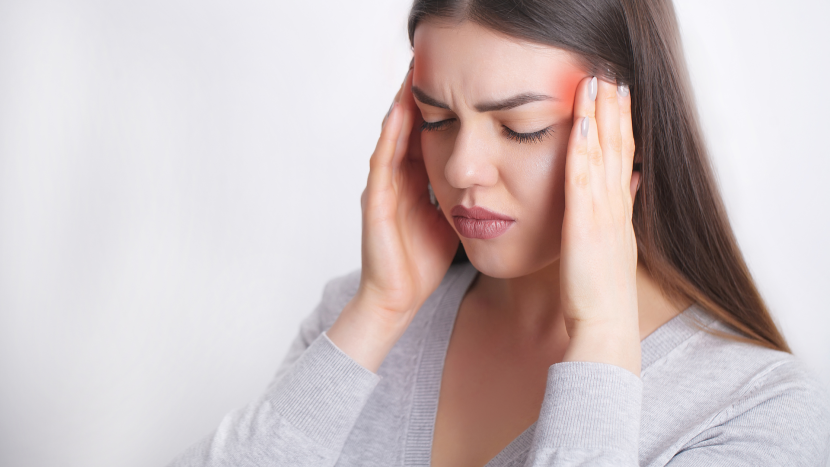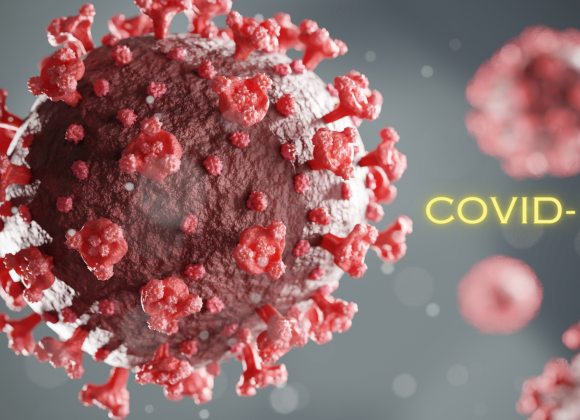Migraine is more than just a headache—it’s a complex neurological condition that can significantly impact daily life. Characterized by intense, throbbing pain often accompanied by nausea, sensitivity to light, and visual disturbances, migraine affects over one billion people worldwide. Understanding its causes, symptoms, and available treatments can help you manage or even prevent episodes effectively.
In this blog, we’ll walk you through everything you need to know about migraines—from what triggers them to how to find relief using both medical and natural methods.
What Is a Migraine?

A migraine is a type of headache disorder involving recurrent attacks of moderate to severe head pain, often localized to one side of the head. It’s a neurological condition that can cause sensory disturbances, such as visual auras or light sensitivity, and can last anywhere from 4 hours to 72 hours.
Unlike regular headaches, migraines are often disabling and may involve multiple phases, including premonitory symptoms, aura, headache, and postdrome.
Common Migraine Symptoms
While migraine experiences vary, the most common symptoms include:
- Throbbing or pulsating pain, usually on one side of the head
- Nausea and vomiting
- Sensitivity to light, sound, and sometimes smells
- Visual disturbances (aura): flashing lights, zigzag lines, or blind spots
- Fatigue or brain fog after the headache phase
- Neck stiffness or pain
What Causes Migraines?
Migraines are complex neurological events, and while the exact cause isn’t fully understood, several biological and environmental factors are known to contribute. Genetics play a key role—if one parent has migraines, their child has a 50% chance of experiencing them too, according to the American Migraine Foundation. Brain chemistry is another factor; fluctuations in neurotransmitters, such as serotonin, can lead to inflammation in the blood vessels surrounding the brain, triggering pain. Additionally, the overactivation of the trigeminal nerve, which is responsible for transmitting pain signals, is often linked to the onset of migraine episodes.
Common Migraine Triggers
Migraines can be triggered by a variety of external and internal factors:
- Hormonal changes (especially in women around menstruation)
- Stress or anxiety
- Sleep disturbances (too much or too little)
- Skipped meals
- Strong smells or loud noises
- Bright lights or screen glare
- Certain foods: aged cheeses, chocolate, red wine, processed meats
- Caffeine withdrawal
- Weather changes or barometric pressure shifts
Natural Remedies & Lifestyle Changes
- Stress Reduction: Practice yoga, meditation, or deep breathing exercises to reduce migraine-inducing stress.
- Limit Caffeine: Small amounts may relieve headaches, but excessive use or withdrawal can trigger migraines.
- Maintain a Consistent Diet: Don’t skip meals. Track and avoid personal food triggers using a migraine diary.
- Improve Sleep Hygiene: Aim for 7–9 hours of restful sleep each night to prevent migraines.
- Herbal & Supplement Support
- Magnesium: Low levels are linked to migraines.
- Riboflavin (Vitamin B2): May help reduce migraine frequency.
- Feverfew & Butterbur: Traditional herbs with potential migraine relief benefits.
⚠️Always consult a healthcare provider before starting any supplements.
Final Thoughts
Migraines can be painful and disruptive, but understanding your triggers and knowing the right treatment can dramatically improve your quality of life. Whether through modern medications, natural remedies, or lifestyle adjustments, there are many ways to take control of your migraine journey.




